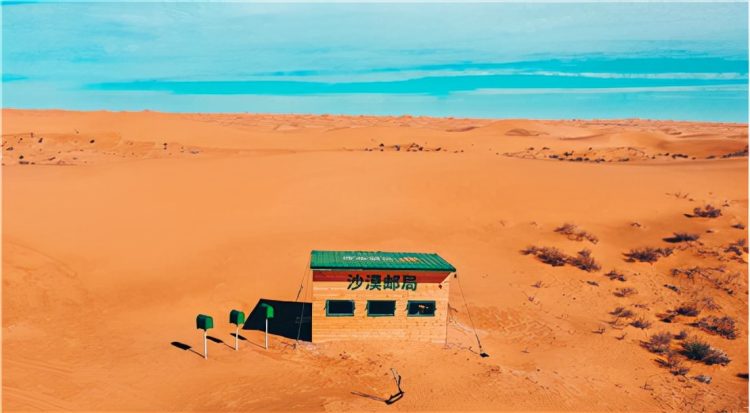Monte Testaccio, an artificial mound in Rome composed almost entirely of broken pottery, might be the largest trash heap in the ancient world.
At first glance, Monte Testaccio looks like an ordinary greenery-covered mound, the likes of which can be found all over the world. But underneath all that shrubbery and the thin layer of dirt that supports it lies the largest pile of discarded pottery in the history of the ancient world. Covering an area of 2 hectares and with a volume of approximately 580,000 cubic meters, Monte Testaccio consists almost exclusively of millions of broken ancient pottery containers known as amphorae. It is estimated that this man-made mound consists of 53 million amphorae, which would make it the largest trash heap in the ancient world.





















